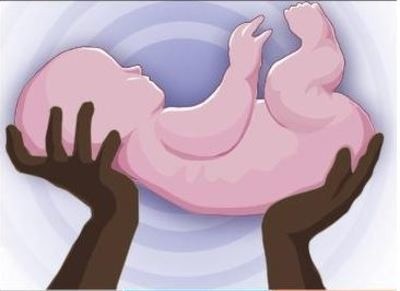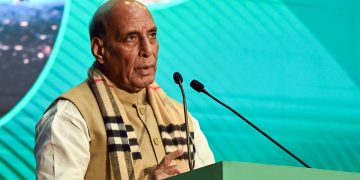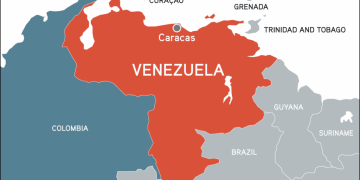Bhubaneswar: Although the Infant Mortality Rate (IMR) has declined in the country, there is no substantial improvement in Odisha especially in its tribal areas, says RTI activist Pradip Pradhan.
IMR or the number of babies aged less than a year dying out of every 1,000 babies born alive is considered an important marker of a country’s health system. While the overall IMR in the state has decreased, the district-wise report shows a different story.
An RTI application filed by Pradhan sought info from the Chief District Medical Officers (CDMO) of 10 tribal districts of which only five responded.
The figures showed that the overall infant deaths have remained constant in tribal districts despite implementation of many programmes by the government.
“The claim of the state government about a substantial reduction in IMR due to the implementation of its programme is false,” Pradhan said.
“There is no substantial reduction in infant mortality although the government has invested huge funds to reduce IMR,” he added.
As per the RTI reply, the tribal southern Odisha district of Koraput had the worst figures. In 2014-15, the district had recorded 1,246 infant deaths, which came down to below 900 in two different years. However, in 2018-19, the number again rose to 1,067. While in Mayurbhanj only 453 deaths were recorded in 2014-15, the numbers showed an alarming 129 per cent increase in IMR with 1,040 deaths in 2018-19.
Although in Kalahandi, the number of deaths came down to 898 in 2018-19 from 1,333 deaths in 2014-16, the activist said the decrease is not substantial.
“The figures show that malnutrition and food insecurity are still high in these districts. The pumping of huge funds by the government has not yielded results. More efforts are required to reduce infant mortality in the state,” Pradhan said.
However, the figures showed that Nuapada is the only district where the drop in IMR has been impressive. The 2018-19 statistics says 310 deaths were recorded in Nuapada while it was 720 in 2014-15.
According to data from the Sample Registration System (SRS), India has an IMR of 34 while the global average is 29.
Despite the fall in IMR from 42 in 2012 to 33 in 2017, India’s IMR is higher than that of countries like Bhutan, Bangladesh and Nepal who have an IMR of 28, 29 and 30 respectively.
The SRS also showed that Odisha and Uttar Pradesh showed major improvement in IMR as it fell from 53 in 2012 to 41 in 2017.
Madhya Pradesh and Assam had the worst IMRs of 47 and 44 respectively, while Kerala and Tamil Nadu recorded the least of 10 and 16.
New Divide
Union Defence Minister Rajnath Singh recently, at a gathering at Udaipur’s Bhupal Nobles’ University, sought to brand the ‘educated’ citizens...
Read moreDetails





































